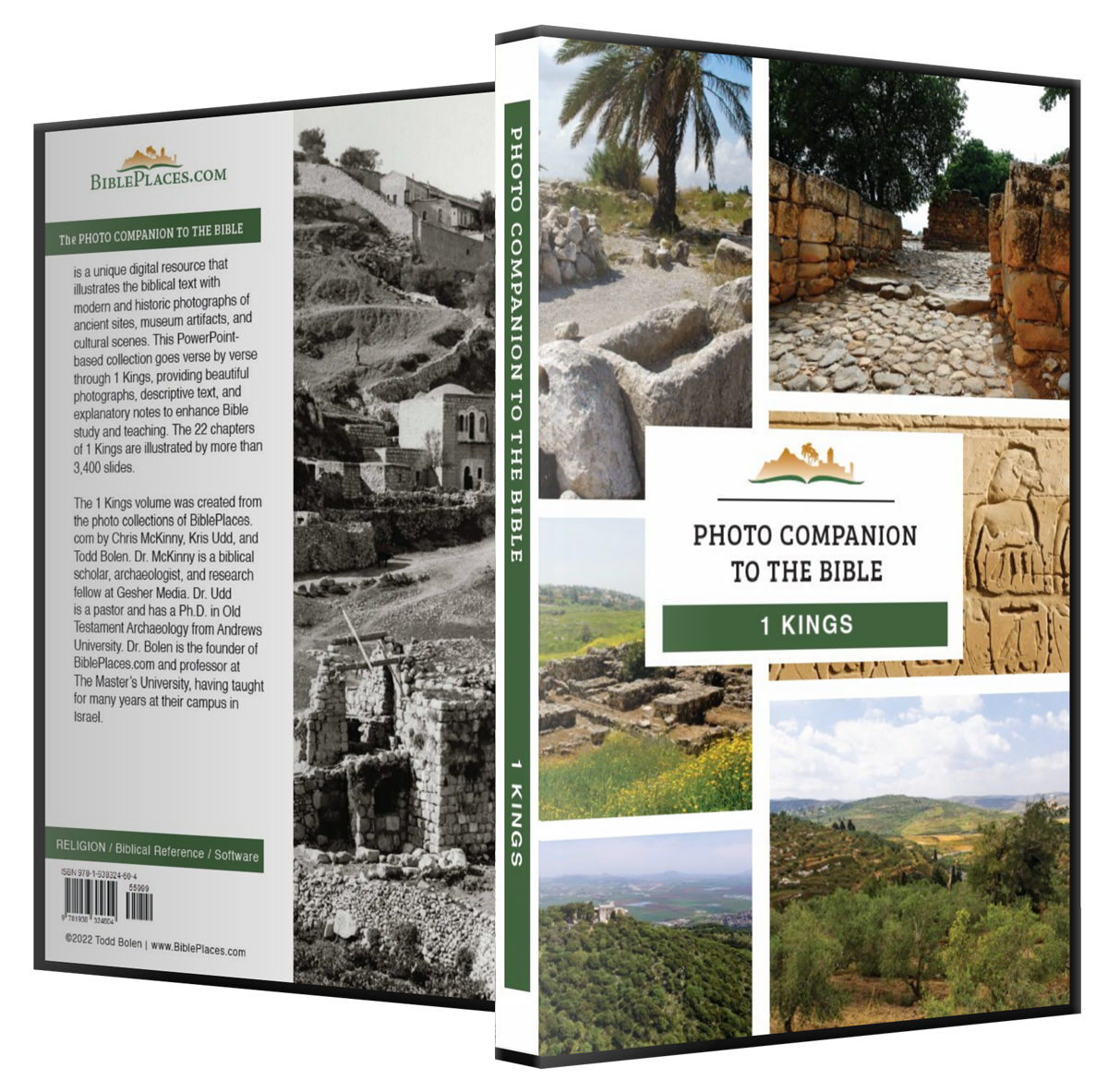So Elijah went to show himself to Ahab; now the famine was severe in Samaria (1 Kings 18:2).
It is not entirely clear whether the reference here to “Samaria” is to the region or to the capital city. The region of Samaria is first mentioned in 1 Kings 13:32 during the reign of Jeroboam I (d. 910 BC), when the old prophet mentions “the cities of Samaria.” This is prior to the founding of the capital city of Samaria by Omri in about 880 BC. Of course, the city of Samaria is within the region of Samaria, and the entire region was suffering from the drought. This aerial photo shows the site of ancient Samaria where Ahab reigned.





